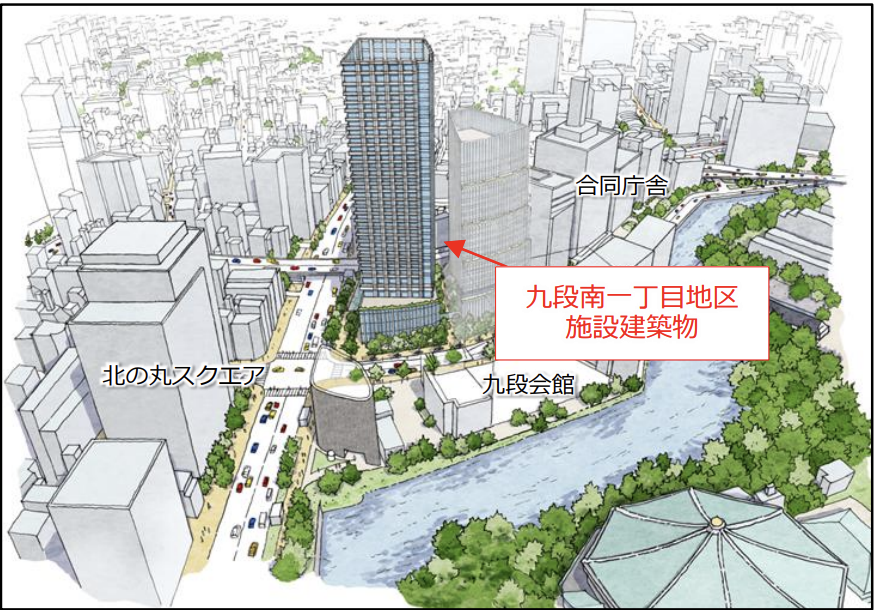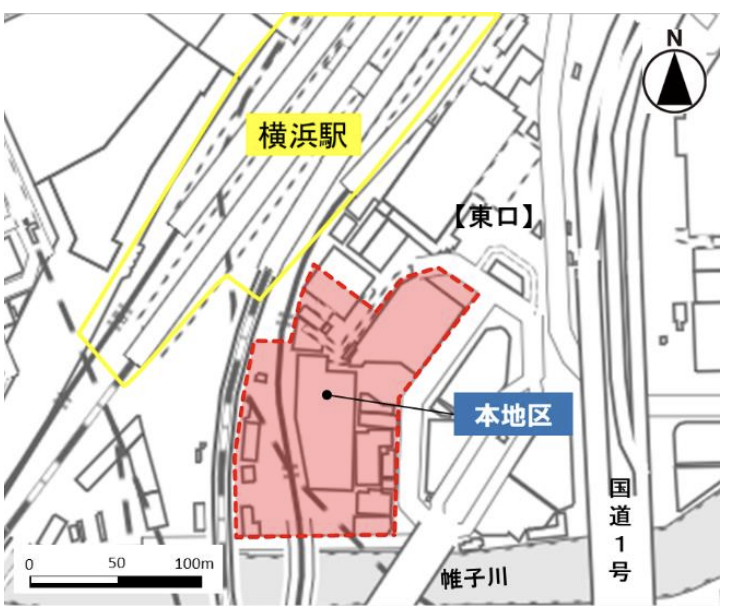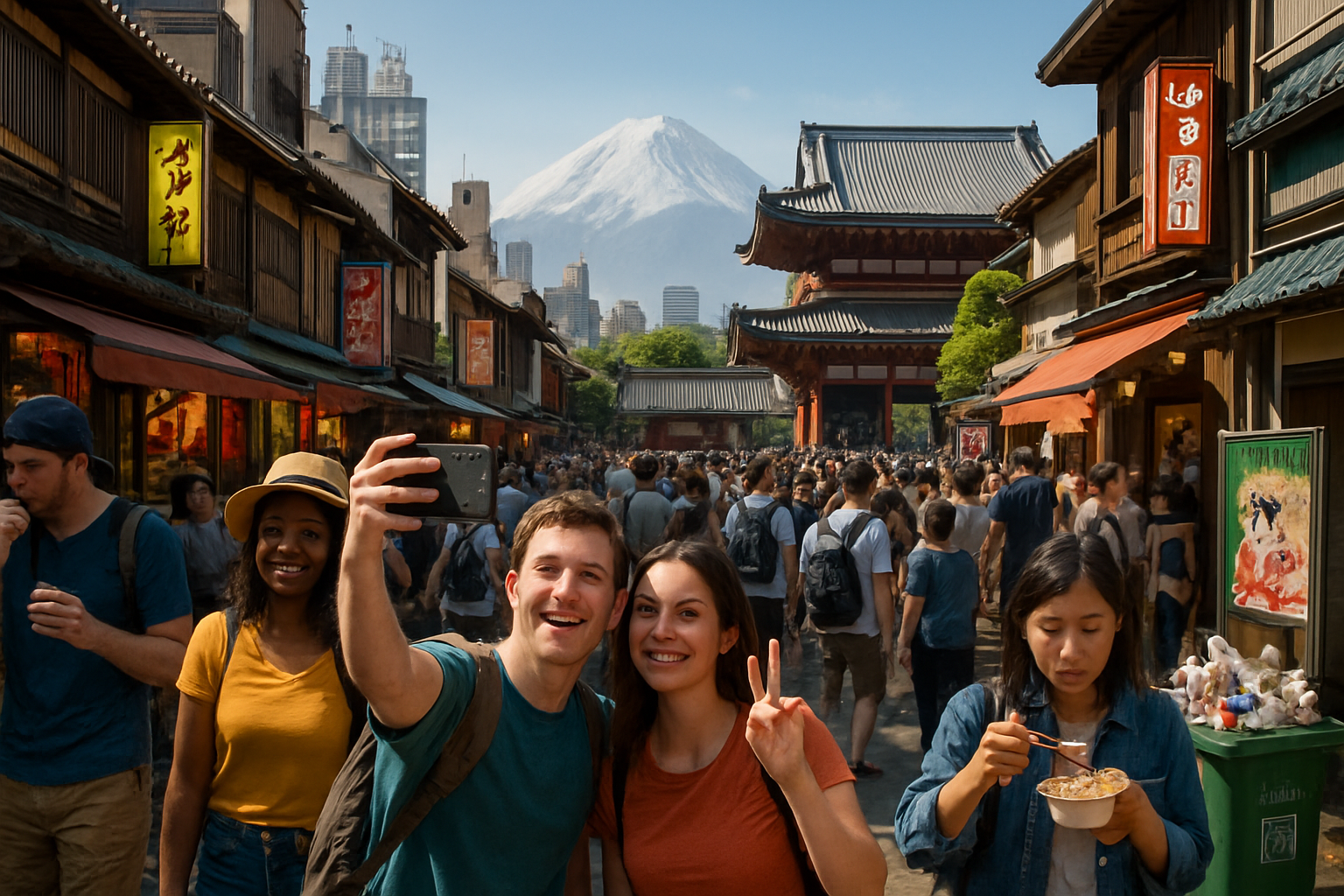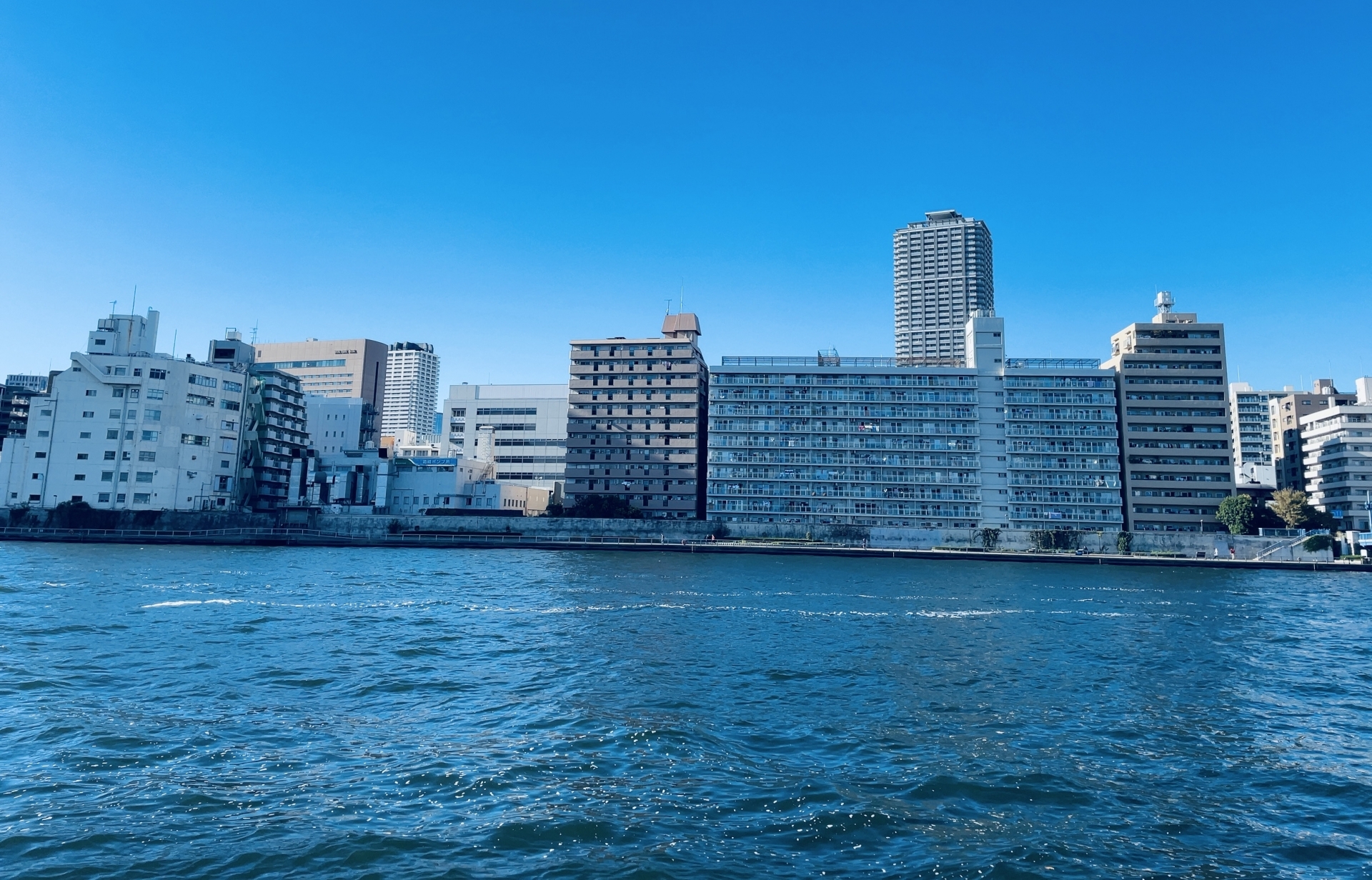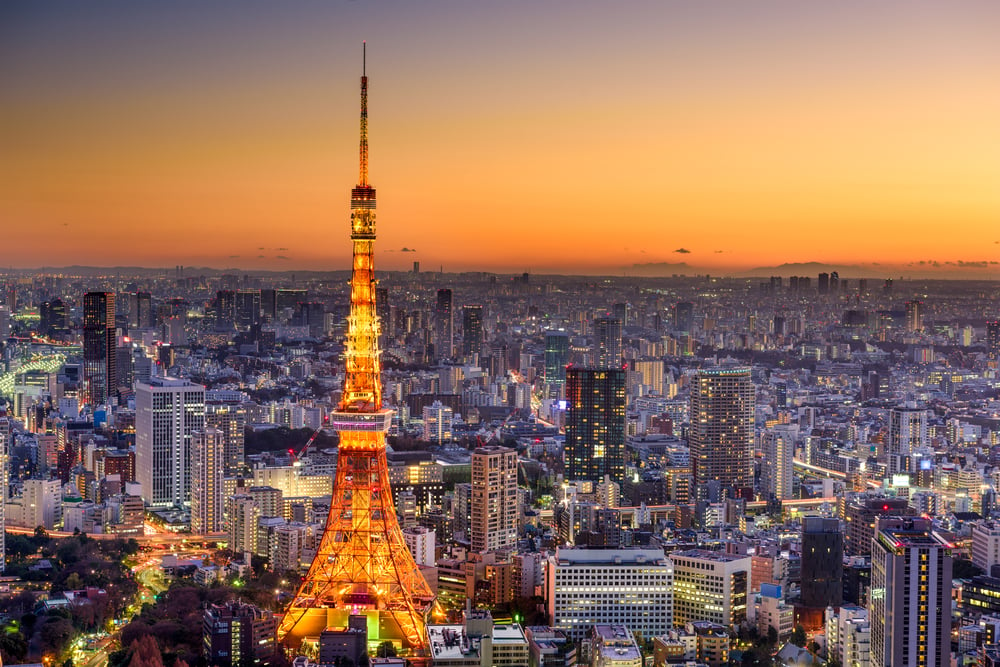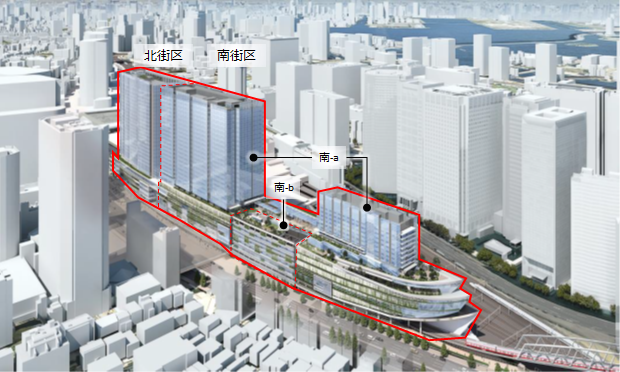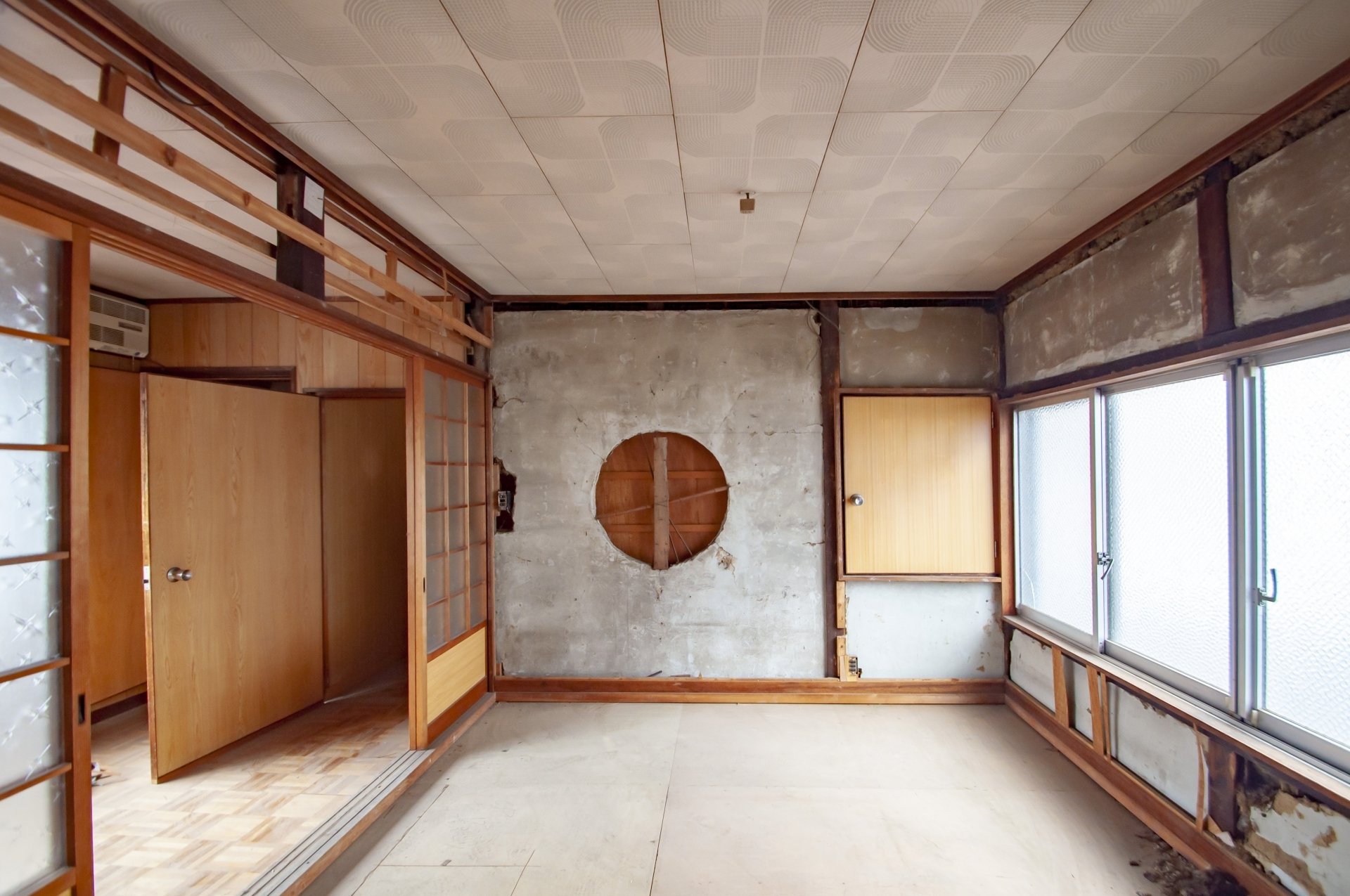The 2025 Osaka-Kansai Expo (Japan International Exposition) will be held on the artificial island of Yumeshima in Osaka City's Konohana Ward from April 13 to October 13, 2025, spanning approximately six months. The theme is “Designing a Future Society Where Life Shines.” Approximately 150 countries are expected to participate in this expo, which will feature exhibitions of the latest technologies and cultural exchanges, with an estimated 28 million visitors. This is expected to have a significant impact on the Japanese economy and the Osaka region, with the government estimating an economic ripple effect of approximately 2.9 trillion yen.
The expo will bring global attention to the Osaka-Kansai region and provide a great opportunity to enhance Osaka's city brand as the host city.
Infrastructure development and urban development in Osaka due to the Osaka-Kansai Expo
With the decision to host the Osaka-Kansai Expo, large-scale infrastructure development is underway in Yumeshima and the surrounding areas, which will serve as the venue for the event. The most notable project is the extension of the Osaka Metro Chuo Line to Yumeshima. A new line will be extended from the existing Chuo Line terminus at Cosmosquare Station to Yumeshima Station, with the new Yumeshima Station scheduled to open in January 2025. This subway extension will enable direct access by train from Osaka's downtown area (such as Honmachi Station) to the Expo site, serving as a major transportation artery during the Expo period.
Road infrastructure improvements are also underway. The Yume-Mai Bridge connecting Yumeshima to adjacent Maishima, and the expansion of the Kishikawaguchi Bridge connecting to the mainland (from two lanes to three lanes in each direction) are among the projects enhancing access roads to the Expo site. Within Yumeshima Island, main roads are being widened and improved to enhance transportation capacity and alleviate traffic congestion.
In addition to infrastructure, numerous urban development projects are underway in preparation for the Expo. The construction of pavilions and large roof facilities is progressing on the 155-hectare site of Yumeshima itself, which will be developed into a futuristic city. Plans for new hotels and commercial facilities are also underway around the Expo site, expanding accommodation and tourism functions. Within Osaka City, redevelopment is underway in various areas, with the supply of state-of-the-art offices, commercial facilities, and hotels in preparation for the Expo. Through these urban infrastructure improvements and development initiatives, Osaka is expected to undergo a significant upgrade in its urban functions following the Expo.
Looking beyond the Expo, a large-scale project is planned for Yumeshima, with the opening of an Integrated Resort (IR) scheduled for 2029. An IR is a large-scale resort facility that includes a casino, and its development is part of the post-Expo land use plan. Led by U.S.-based MGM Resorts and Orix Corporation, the project aims to create a major tourist hub featuring hotels, entertainment facilities, and an international conference center. In conjunction with the IR's opening, plans are underway to enhance access from Kansai International Airport to Yumeshima and develop surrounding areas, ensuring that the infrastructure built for the Expo will serve as a foundation for Osaka's future growth.
Short-term impact of the Osaka-Kansai Expo on Osaka's real estate market
In the short term leading up to the Expo, Osaka's real estate market has already begun to see clear positive effects. First, in terms of real estate transactions and prices, land prices in Osaka City have been on an upward trend in recent years. According to a survey by Osaka Prefecture, the published land prices for residential areas in Osaka City as of 2024 showed a significant increase of 5.8% compared to the previous year, with the growth rate expanding from the previous year's 3.7%. This increase is particularly pronounced in the Osaka Bay Area, which is directly related to the Expo, and in the Minami (Namba and Shinsaibashi) area, which is popular with foreign tourists. In fact, the commercial area of Dotonbori (Chuo Ward) recorded a land price increase of 22.6% year-on-year, the highest in Osaka Prefecture. This indicates that the value of tourist commercial areas is surging due to the rapid recovery of inbound demand and expectations for the Expo.
In addition, the real estate investment market in Osaka has been booming since the Expo was decided. According to JLL's analysis, as of September 2018, the average rent for Grade A offices in Osaka was 20,267 yen per tsubo per month, with a vacancy rate of 1.1%, indicating extremely tight supply and demand, and rents rose by 11% year-on-year, recording double-digit growth. This is due to investors becoming more optimistic immediately after the Expo decision, leading to a sharp increase in large-scale real estate transactions. In the third quarter of the same year, commercial real estate transaction volumes in the Osaka metropolitan area reached a record high, confirming the inflow of investment capital in anticipation of the Expo. Osaka's office market is already strained due to chronic shortages of new supply, and there are expectations that rent increases will continue amid the economic revitalization driven by the Expo.
In the short term, there is also a notable surge in demand for accommodation and commercial facilities. During the Expo, millions of visitors are expected from both domestic and international sources, leading to anticipated increases in hotel occupancy rates and room rates within Osaka City. Construction of new hotels is already underway in anticipation of the Expo, with several new properties set to open in the coming years. As such, development is spreading to areas that were previously overlooked, indicating a rise in real estate demand across the city. Overall, during the short-term phase leading up to and during the Expo, the tight supply and demand for real estate, leading to price and rent increases, and the boom in the investment market are becoming evident.
The medium- to long-term impact of the Osaka-Kansai Expo (legacy and future prospects)
The impact of the Osaka Expo is expected to extend beyond the event period and bring about changes in Osaka's real estate market in the medium to long term. First, the infrastructure and facilities developed for the Expo will remain as legacy assets in the region. Yumeshima, which had been referred to as a “negative legacy” due to its long-term underutilization following the collapse of the bubble economy, has been revitalized as an opportunity to create new value for the entire Osaka Bay Area following the decision to host the Expo. After the Expo, construction of the aforementioned integrated resort (IR) will begin in earnest on Yumeshima, transforming it into an international tourist destination that will represent Osaka. The IR is expected to attract 20 million visitors annually, and the operation of casinos, large hotels, and MICE facilities (international conference centers, etc.) is expected to continue to attract people and investment even after the Expo. In other words, the infrastructure investments made for the Expo will not go to waste but will be carried forward to support the development of the IR.
Additionally, the Osaka Expo has provided an excellent opportunity to showcase Osaka's “city brand” to the world. This is expected to enhance Osaka's international recognition and serve as a catalyst for attracting overseas tourists and international businesses. In the future, Osaka could be positioned as a major urban area in Asia, potentially leading to the dispersion of investment and talent that has been concentrated in Tokyo to Osaka and the Kansai region.
From a demographic perspective, the economic revitalization brought about by the Expo may also encourage population influx into Osaka. While Japan as a whole faces the challenge of population decline due to an aging society and low birth rates, Osaka City has seen a slight increase in population in recent years due to the return of young people and families with children to the city center. If employment creation continues after the Expo through IR and redevelopment projects, there is a possibility that people will move to Osaka from other regions, leading to an increase in the permanent population and office worker population. In particular, if the Osaka Bay area becomes a major entertainment and tourism hub, there will be a demand for housing for people working there, creating new demand in the housing market in the bay area and downtown.
A key factor to watch in the medium to long term is the ripple effect of large-scale development plans. Urban redevelopment projects in central areas like Umeda and Namba, along with transportation infrastructure improvements (e.g., the Naniwa-suji Line plan), which have progressed in tandem with Expo preparations, will continue to be completed post-Expo, enhancing the city's overall convenience. Additionally, the vast land in the Osaka Bay area, including Yumeshima, Sakishima, and Maishima, has the potential to be utilized for further corporate recruitment and logistics hub development, driven by the Expo and IR. The movement dubbed the “Osaka Grand Transformation,” which began with the Expo as a catalyst, is expected to bring sustainable growth opportunities to Osaka's urban structure and real estate market over the next 10 to 20 years.
Specific impacts of the Expo by area
The Expo and associated development will impact each area of Osaka City in distinct ways. Below, we summarize the key characteristics of each major region.
Yumeshima and Kishikawaku Area (Osaka Bay Area)
Yumeshima and its surrounding areas (Konohana Ward) will benefit most directly from the Expo. As mentioned above, Expo venue construction and infrastructure investment will be concentrated on Yumeshima Island, which will become a stage for visitors from around the world during the event. As a result, real estate values in Konohana Ward and adjacent Minato Ward and Suminoe Ward (Minato area) are expected to rise sharply. In fact, in the area surrounding Yumeshima, where the Expo and IR are scheduled to take place, large-scale infrastructure development and construction of new residential and commercial facilities are underway, leading to a sharp increase in land demand. In particular, asset classes such as office buildings, luxury apartments, and hotels are already seeing early pre-investment in anticipation of the Expo.
Even after the Expo, the Yumeshima area is expected to continue growing due to the opening of the IR. The IR will also feature international conference and exhibition (MICE) functions, which could generate business demand and contribute to the expansion of office demand in the coastal area. If residential development for employees and related commercial facilities are developed within and around the IR site, the real estate market in the Nishinari Ward is likely to remain stable in the medium to long term.
Osaka City Center (Kita Ward and Umeda Area)
The downtown area of Osaka (Kita Ward centered around Umeda) is also seeing robust real estate demand driven by the Expo. The completion of the “Umeda 2nd Phase” development (Grand Green Osaka) north of Osaka Station and other redevelopment projects have further strengthened Umeda's office concentration. Additionally, corporate relocations and capital inflows triggered by the Expo are expected to continue driving up office rents and maintaining low vacancy rates in the Umeda area. In fact, since the Expo was decided, vacancy rates for Grade A offices in Osaka have dropped to around 1%, and rents are on an upward trend. Umeda is expected to continue its stable growth as the hub of the Kansai economy and remains a focal point for real estate investors.
Chuo Ward and Minami Area (Namba, Shinsaibashi, etc.)
Minami (the Namba and Shinsaibashi areas centered around Chuo Ward) is a region where the effects of the Expo are particularly evident as a hub for inbound tourism. The increase in the number of visitors to Japan has led to rising rents for stores in Dotonbori and Shinsaibashi, with the 2024 land price survey showing a year-on-year increase of 22.6% in Dotonbori, the highest in Osaka Prefecture. During the Expo, hotels and commercial facilities in Namba and Shinsaibashi are expected to be fully booked, with the entire area bustling with activity. However, after the Expo concludes, there may be a temporary decline in demand as tourism returns to normal levels. For property owners in the Minami area, it is crucial to leverage the Expo-driven demand to enhance the long-term appeal of the area and maintain stable revenue even after the Expo concludes.
Concerns and Risk Factors Regarding the Osaka-Kansai Expo Bubble
While the Expo is expected to stimulate the real estate market, it is also important to consider potential concerns and risks. One major concern is the overheating of the real estate market due to the surge in Expo-related demand. Speculative transactions and sharp increases in land prices driven by expectations of a boom before and after the Expo could lead to a bubble exceeding actual demand. Additionally, an oversupply of hotels and apartments is another area of concern. Properties supplied in large quantities in conjunction with the Expo may face increased vacancy rates after the event due to intensified competition. In fact, following the 2005 Aichi Expo, accommodation demand returned to normal levels after the event, leading to performance deterioration due to excessive competition.
Furthermore, changes in the global financial environment are also risk factors. Recent interest rate hikes have raised concerns about a slowdown in real estate investment funds, and there are also concerns that development projects relying on the Expo boom could face funding difficulties. The Expo is a temporary event, and given structural challenges such as population decline, it is important to avoid excessive optimism and conduct careful market analysis.
Key points to watch from the perspective of high-net-worth individuals and investors
- Growth potential of the Osaka Bay Area: The bay area centered around Yumeshima is expected to see significant growth in the future due to two major projects: the Expo and the Integrated Resort (IR). With a large amount of undeveloped land remaining, there is significant room for growth, and if the trend continues, high returns can be expected. The bay area, including the districts of Nishinari and Minato, has the potential to undergo a complete transformation through redevelopment and is viewed as a promising future business and tourism hub.
- Investment Opportunities in Downtown Offices and Commercial Properties: In downtown areas such as Umeda and Namba, tenant demand is expected to remain robust due to the Expo effect. Osaka City's office vacancy rate has remained at a low level, and rents continue to rise amid limited supply. Investments in high-quality office buildings and commercial facilities have the potential to become stable sources of income. Additionally, Japanese real estate prices are considered relatively affordable compared to major overseas cities, and there is an expected influx of overseas investment capital into Osaka following the Expo.
- Strategies for the Post-Expo Era: Even amid the Expo-driven boom, risk management with a focus on the post-Expo period is crucial. It is important to anticipate changes in market conditions after the temporary demand subsides and exercise caution in determining the timing for realizing short-term gains and selecting properties for long-term holding. Identifying locations and uses that are likely to maintain their value even after the Expo (such as facilities that will benefit from the opening of an integrated resort) and adopting a prudent strategy, such as avoiding excessive borrowing during the boom period, will be crucial for affluent individuals and investors.
The above provides a comprehensive overview of the impact of the 2025 Osaka-Kansai Expo on the Osaka real estate market, from short-term to medium-term perspectives. The Expo is a once-in-a-lifetime major event for a city, with significant economic effects. Osaka aims to leverage this opportunity to achieve sustainable urban growth and enhance real estate value. For investors, the Osaka Expo represents a critical juncture where risks and opportunities intertwine. It is important to maintain a cool-headed perspective, carefully assess the market, and closely monitor the evolving landscape of Osaka's city and real estate market as it undergoes dynamic transformation.

Daisuke Inazawa
Representative Director of INA&Associates Inc. Based in Osaka, Tokyo, and Kanagawa, he is engaged in real estate sales, leasing, and management. He provides services based on his extensive experience in the real estate industry. Based on the philosophy that “human resources are a company's most important asset,” he places great importance on human resource development. He continues to take on the challenge of creating sustainable corporate value.

.png)

